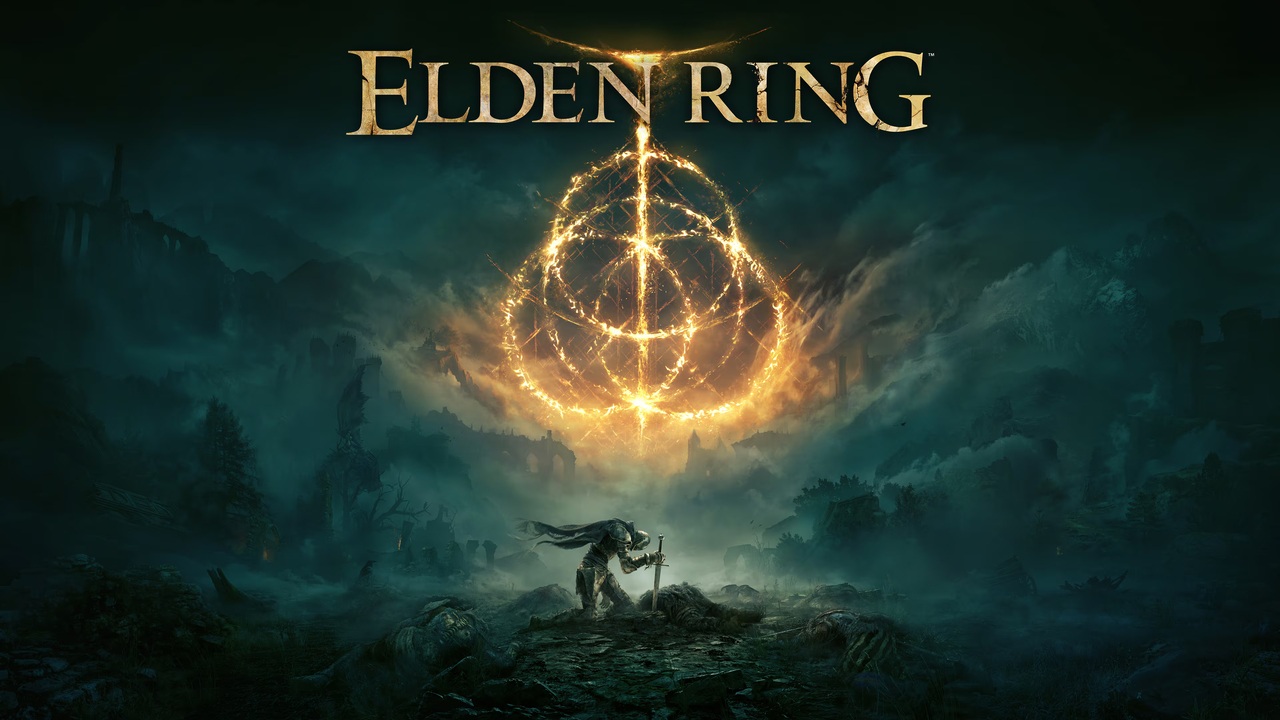There was a time when a AAA game meant polish, prestige, and the promise of hours of high-quality entertainment. Today, the term feels more like a red flag. Bigger downloads, higher prices, cinematic trailers masking middling gameplay—players are learning to temper expectations, not raise them. And it's not just one genre or one company. The whole AAA machine seems to be sputtering. So, what exactly is going wrong?
Optimization? What's That?
One of the most glaring issues with modern AAA games is optimization—or more specifically, the complete lack of it. File sizes have ballooned to absurd levels, with some games demanding over 150GB just to install. System requirements? Brutal. It's almost as if these games are designed with no regard for the average player’s hardware, or even mid-range setups. What are we gaining from this file-size inflation? Mostly better lighting, 4K cutscenes, and real-time rendering bells and whistles that rarely add to the gameplay experience in any meaningful way.
Much of this size bloat stems not from necessity, but from capacity. Modern hardware allows for more, so studios use more—even when it adds nothing of value. Backwards compatibility? Forget it. Budget-friendly gaming? Not here. Between expensive upgrades and monstrous storage needs, gaming has become an increasingly gated experience.
You Paid $70—For the Demo
Then there’s the price tag. AAA titles regularly launch at $70 or more—and yet that’s often just the entry fee. Microtransactions, deluxe editions, day-one DLC, season passes—suddenly you're $120 deep into a game that isn't even finished. It’s a slap in the face to players who just wanted to play the “full” game on launch day. The irony is that these inflated price models exist largely because of... well, inflated budgets.
Take Skull and Bones, for example. A $200 million budget, a development timeline that spanned a decade, and a final product that couldn’t even break even. It was supposed to be Ubisoft’s pirate magnum opus. Instead, it was a cautionary tale—and perhaps the most expensive punchline in gaming history.
The Creative Decay of RPGs
Nowhere is this problem more obvious than in the RPG genre. Once a playground for deep customization, branching storylines, and meaningful choice, AAA RPGs have slowly morphed into action-adventure games with glorified stat sheets. The decisions barely matter. The characters, pre-baked. The story? A near-linear ride with unskippable cutscenes and long-winded cinematics. Players aren’t shaping a narrative—they’re watching one, occasionally holding a controller.
Sure, we’ve had exceptions like Baldur’s Gate 3, a breakout hit precisely because it rejected this formula. But games like that feel like anomalies in a space increasingly focused on flash over freedom.
And in case you're wondering why this is happening, allow Ubisoft’s CEO to clear it up for you: it’s your fault. According to him, the reason Skull and Bones flopped is that players just “didn’t get it.” Ah, yes. We, the paying customers, are to blame for not enjoying the $200 million pirate simulator with its half-baked mechanics and bloated presentation. Thank you for the clarity, captain.
Another growing criticism of modern AAA games lies in their attempts at cultural inclusion. While diversity in characters, stories, and settings is a welcome evolution in gaming, it often feels surface-level—more like a marketing checkbox than a meaningful integration. At times, games swing from tokenism to outright appropriation. Take Ghost Recon: Breakpoint, which came under fire for its mishandling of indigenous symbolism, or Far Cry 6, where a fictional Caribbean setting leaned so hard into cultural aesthetics without actual cultural depth that it felt more like exotic set dressing than authentic storytelling. When done well, cultural inclusion can enrich gameplay and immersion—but when mismanaged, it’s more alienating than inclusive.
Gamers Are Getting Smarter
The silver lining? Players are wising up. There's a growing appreciation for gameplay-first titles, innovative indies, and systems that reward experimentation. People are starting to ask: “Is this fun?” instead of “Is this expensive?” And slowly, the games that can't answer that question are falling out of favor—no matter how glossy their trailers or how cinematic their opening missions are.
As the smoke clears, the industry has a choice: keep spending billions on glorified cutscenes and calling it immersion, or go back to what made games fun in the first place.
It’s not about making things smaller—it’s about making them matter.
.jpg)
